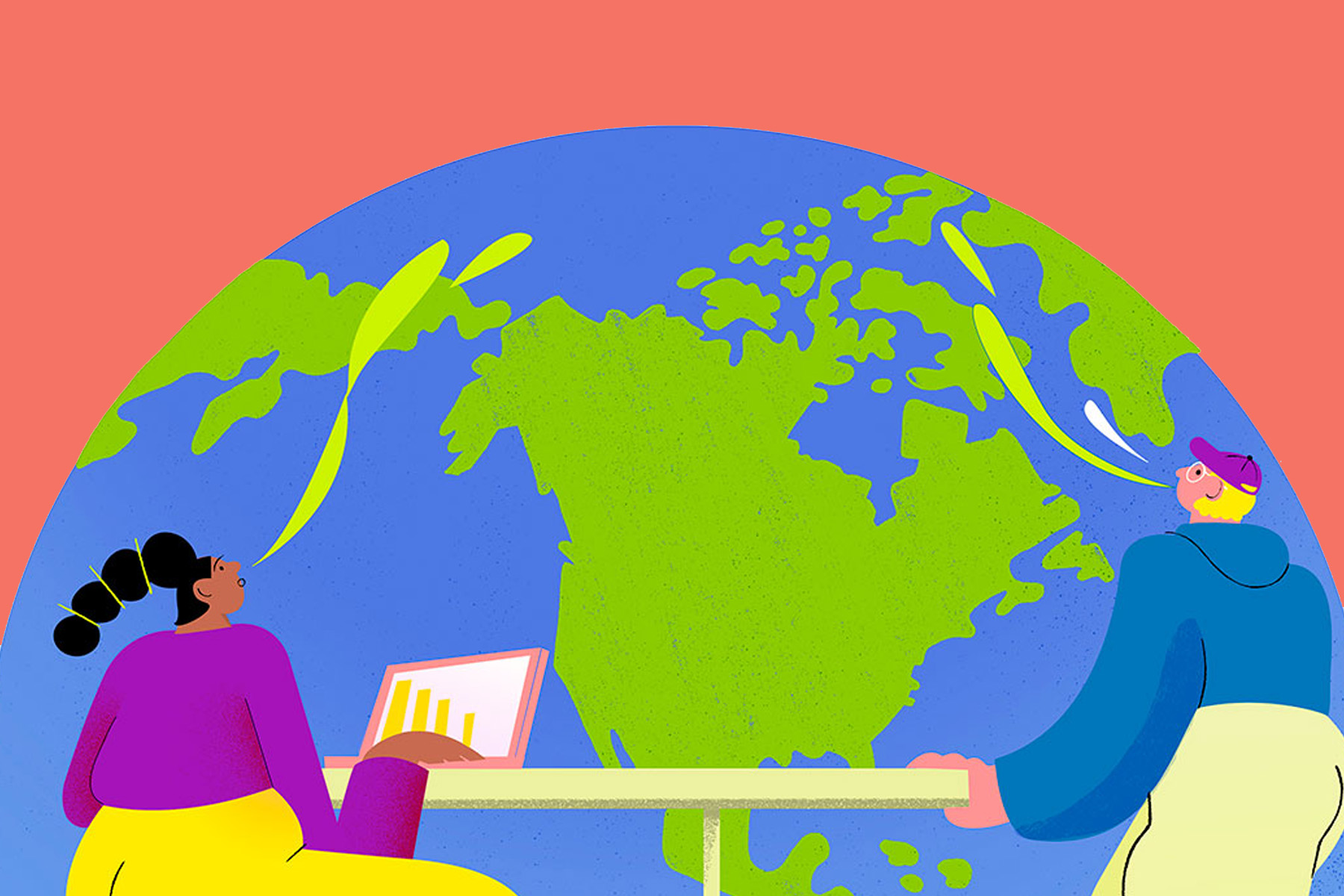Catalytic Capital – Insights from a Global Conversation
How can impact actors deploy catalytic capital on a global scale? We set out to tackle this question in a webinar last year with our sister networks in Asia (AVPN), Africa (AVPA) and Latin America (LatImpacto). Now, in advance of our new catalytic capital community of practice (launching 28 April), we’ve selected and transcribed a passage of the dialogue with key insights. Get up to speed on the challenges of deploying catalytic capital, particularly in emerging markets, and the need for patient, flexible and collaborative approaches.

Clara Maspons (Webinar Host): I think it's important to stress that we need more open conversations with regulators, key partners, and even foster uncomfortable — but necessary — dialogues to mobilise capital towards critical gaps. We definitely need more collaboration, and that's where catalytic capital helps. It allows us to account for the full continuum of capital. We know it can be riskier, and the returns might not match typical standards, but if we're serious about making a difference, we need to have honest conversations.
With that, I want to direct a question to all the speakers. It's about trust and transparency, which Audrey mentioned earlier.
What are some hard truths about investing in catalytic capital? What are the challenges, and how can we turn them into opportunities? I'll start with Harry, if that's okay.
Harry Davies: First, it’s hard. We have the luxury of allocating capital, but we see first-hand the challenges of deploying it into social enterprises, especially in emerging markets. It's often most difficult in Sub-Saharan Africa due to the ecosystem there. In practice, it takes longer, is more expensive and carries more risk than expected. People need to understand this is a slog. As capital allocators, we need to be open to that if we want to be catalytic.
Second, while catalytic capital can be incredibly impactful in unlocking long-term commercial solutions, sometimes it takes a long time, or it never fully materialises. There's a degree of hypocrisy when, in developed markets, our governments provide large subsidies for SME lending or agriculture, but we expect markets in the Global South to operate without ongoing support. We often hold these markets to unrealistic standards.
Audrey Selian: Deploying catalytic capital doesn’t automatically mean we’re catalysing the right things. There’s a lot to consider about how we position this capital in the market — how we signal and socialise it.
Also, we need to listen better. I'm not sure we have effective mechanisms in place to hear what local needs actually are. Too many funders come in with overly prescriptive approaches. We joke about the endless checkboxes, but it’s a real issue.
These challenges can become opportunities if we’re willing to adapt, be flexible and stay open-minded.
Marcel Fukayama: Thanks, Clara. I agree with Harry and Audrey. Though we’re not in the same markets, the hard truth is that it’s costly, time-consuming and carries high uncertainty.
Beyond that, policymakers, investors and philanthropists are often not adequately prepared or equipped for these operations, which makes the environment even more hostile.
Turning that into an opportunity is tricky. But we need to take risks and generate evidence to prove this approach works and delivers both social and financial impact. In Latin America, for example, we have a unique opportunity to leapfrog into a new economy—one rooted in bioeconomy and social justice. That future-oriented vision could unlock catalytic capital across the region.
Karsten Zengerling: I’ll be blunt: in Europe, catalytic capital is competing with market-rate returns. It's a concept that needs to be better understood and accepted.
There’s a fund in the Netherlands called “Put your money where your mouth is”—and that really says it all.
For impact ventures, you either de-risk them or boost returns using tools like impact-linked finance. These are still emerging concepts and not yet fully grasped.
For long-term success, we need patience and resilience. And since this will take time, especially in Europe, such funding may need to come more from public authorities and philanthropic sources than private investors.
Christine J Mwangi: I’d like to draw on Audrey’s mention of the “protectionist instinct,” Karsten’s note on patience and Harry’s point about tenure.
One hard truth is the perception that there are few investable opportunities in Africa. Many investors want to find fully operational businesses — but that’s not the reality. Often, we need to create our own pipelines. That’s something WWF is actively doing.
For example, in Tanzania in 2006, no financial institution wanted to operate in one rural community. By 2012, through collaboration with the Aga Khan Foundation —focused on helping marginalised communities — that same area began developing banking structures. Today, they’re planning to establish a microfinance bank.
What changed? Patience and sustained effort. Had someone gone in with a standard checklist, they would’ve missed the opportunity.
We need to look beyond just growth-stage businesses and consider nurturing early-stage ones. Another hard truth: sometimes we create dependencies. So how do we ensure these enterprises eventually transition into locally available financing systems? We need to think not just about exits, but about long-term sustainability.
*
Ready to join the conversation? Sign up for the Catalytic Capital CoP: Housewarming on 28 April and the Catalytic Capital Crash Course – available to members. Not yet a member? Explore how membership gives you access to this community and more ways to catalyse impact – learn more!
